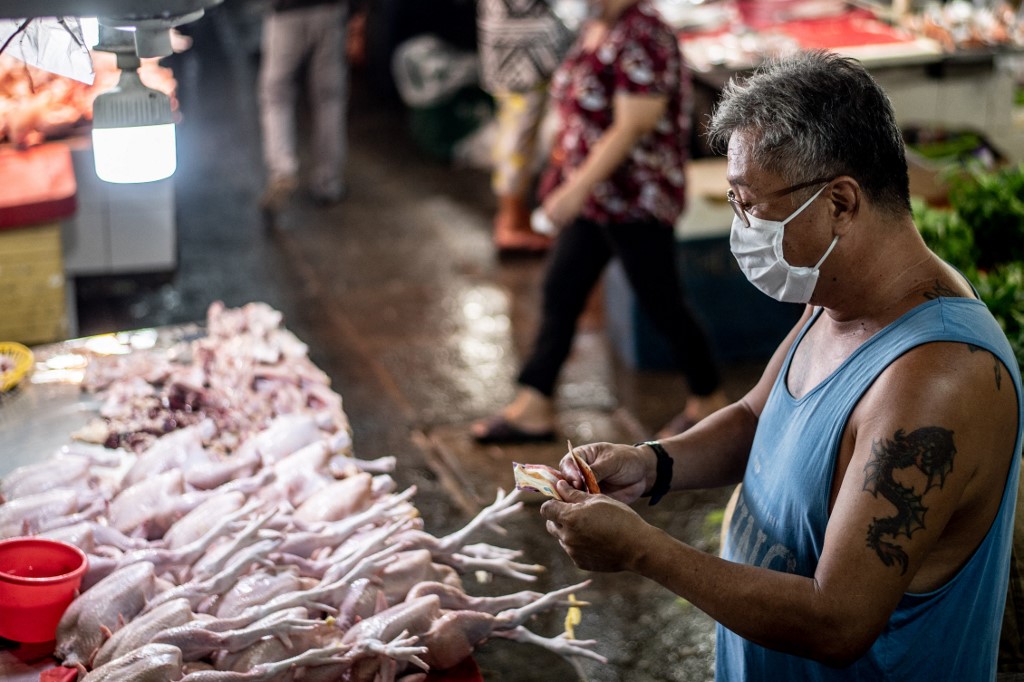DUBAI: Philippine consumer prices rose at their fastest pace in 26 months in February, with food and transport items leading the surge, the government’s statistical agency said on Friday.
National headline inflation accelerated further to 4.7 percent in February, from 4.2 percent a month ago and 2.6 percent during the same period of last year. This is the highest uptick in consumer prices posted since January 2019, when the inflation rate hit 4.4 percent.
“The uptrend in the country’s inflation was mainly brought about by the uptick in the inflation of the heavily-weighted food and non-alcoholic beverages at 6.7 percent during the month, from 6.1 percent in January 2021,” the Philippine Statistics Authority said in a statement.
Also contributing to the uptrend were the higher annual increments in commodity groups including particularly transport and alcoholic beverages and tobacco, the agency added.
“Headline inflation breached the upper bound of the 2 percent – 4 percent target range of the Bangko Sentral ng Pilipinas for a second consecutive month,” ANZ Research said in an Asia note released on Friday.
“Volatile ‘food’ and ‘transport’ prices have been the key drivers, eking out gains on the back of supply disruptions,” it added, noting a slack in the economy has held back a broad–based price rise.
ANZ Research expects the central bank to keep its current monetary policy path.
J.P. Morgan Stanley, in a research note, agreed: “We continue to expect BSP to stay on hold through 2021, looking past the transitory supply-side pressures amid a fragile economic recovery.”
“Headline inflation is set to remain around current levels and above the BSP target in coming months, and likely falling back into the target range in 3Q, considering base effects on fuel prices picking up despite food price pressures likely subsiding.”
In a statement on Friday, the BSP reiterated February’s inflation print was ‘consistent’ with its forecast inflation uptick for the first half of the year due to weather-related disturbances, the effect of the African swine flu on food costs and higher global oil prices.
The central bank’s February inflation rate was forecast at range of between 4.3 percent and 5.1 percent. Average inflation meanwhile expected to remain within the 2 percent and 4 percent target range over the central bank’s policy horizon.
“The overall balance of risks to future inflation continues to lean toward the downside owing mainly to the continued uncertainty caused by the pandemic on domestic and global economic activity,” the central monetary authority said, noting upside risks could emerge from a possible early COVID-19 vaccine rollout in the Philippines.
Ruben Carlo O. Asuncion, chief economist at Union Bank of the Philippines’ corporate research unit, meanwhile expects inflation to continue to rise in the near-term, but may soon begin its descent as prices continue to normalize with supplies, hopefully, normalizing as well.
“We may start to see a slowdown in price upticks soon,” Asuncion said.

IMF raises Philippine growth estimate to 6.3%, sees inflation picking upPhilippines May annual inflation seen at 17-month low

